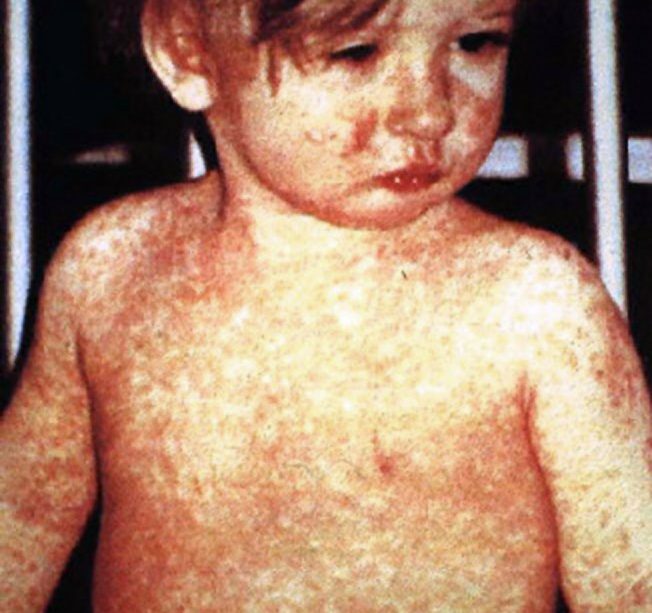Recognizing Measles Symptoms: What You Need to Know

Introduction
Measles is a highly contagious viral disease that can lead to severe complications, making awareness of its symptoms essential for public health. With recent outbreaks reported in various regions, including parts of Canada, understanding measles symptoms can help in early detection and prevention of spreading the disease.
What are Measles Symptoms?
Measles symptoms typically manifest around 10 to 12 days after exposure to the virus. Initial symptoms may resemble those of a common cold, including:
- Fever: A high fever, often exceeding 38.3 degrees Celsius (101 degrees Fahrenheit), is one of the first signs.
- Cough: A dry cough usually develops in the early stages.
- Runny Nose: Nasal discharge often accompanies the illness.
- Red Eyes: Conjunctivitis, or red eyes, is common as part of the viral infection.
As the illness progresses, more distinctive symptoms appear, including:
- Koplik Spots: These small, white spots may appear on the inner cheeks, presenting about 2 to 3 days before the rash.
- Measles Rash: A red or brownish rash typically starts on the face and then spreads downwards over the body. The rash usually surfaces around 5 to 7 days after the first symptoms arise.
Recent Trends and Public Health Guidelines
According to the Public Health Agency of Canada (PHAC), there has been an uptick in measles cases due to increased travel and vaccine hesitancy. The agency urges communities to maintain high vaccination rates, as vaccination is the most effective way to prevent measles.
Health officials recommend that anyone exhibiting symptoms of measles, especially those who have not been vaccinated, should seek immediate medical attention. Prompt isolation and medical consultation can prevent the spread of the virus to vulnerable populations, such as infants and individuals with weakened immune systems.
Conclusion
Understanding measles symptoms is crucial for early detection and containment of this disease. As outbreaks can occur despite the availability of vaccines, awareness and vigilance are key in ensuring community health. Vaccination not only protects individuals but also contributes to herd immunity, safeguarding those who cannot be vaccinated. By staying informed and proactive, we can reduce the impact of measles in our communities.








